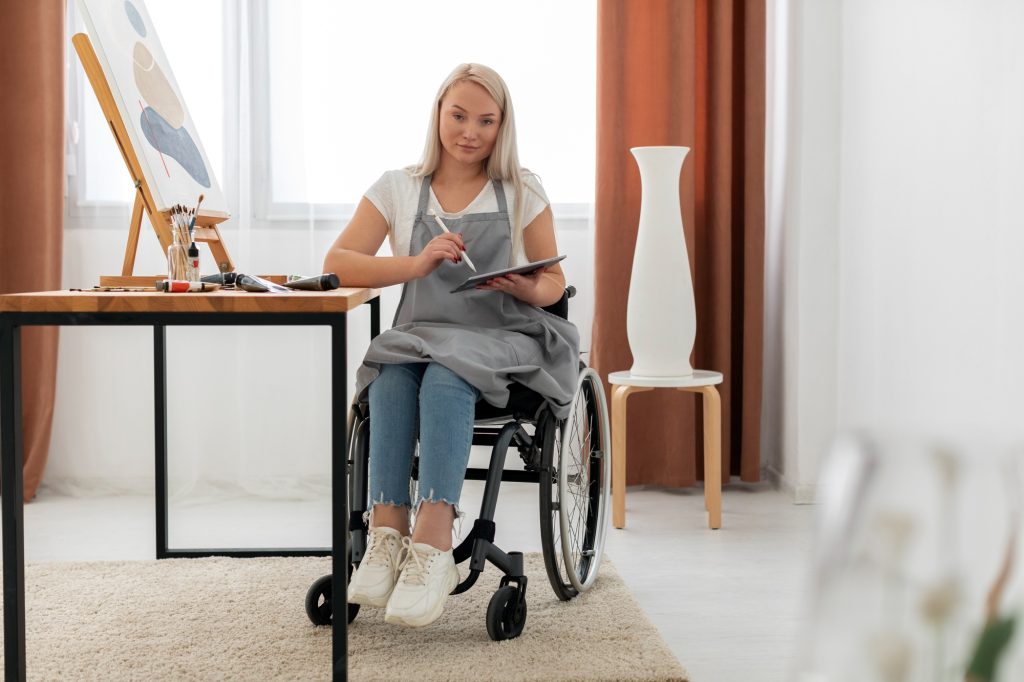Assistive technology (AT) plays a vital role in improving the quality of life for individuals with disabilities. From communication aids to mobility devices, technological innovations are continually enhancing the independence and daily living of users. This brief overview highlights some recent advancements in assistive tech and their impact on empowering individuals.
Recent Innovations in Assistive Technology
1 Smart Prosthetics
Modern prosthetics now integrate advanced sensors and AI to mimic natural limb movements more accurately. Smart prosthetics can adjust grip strength and adapt to different tasks, enhancing functionality and user comfort. For instance, myoelectric prosthetics use muscle signals to control movements, providing a more intuitive and responsive experience.
2 Voice-Controlled Assistants
Voice-controlled assistants, like Amazon’s Alexa and Google Assistant, have become invaluable tools for individuals with mobility impairments. These devices allow users to control smart home features, set reminders, and access information using voice commands, promoting greater independence and convenience in daily activities.
3 Wearable Health Monitors
Wearable devices equipped with sensors track vital signs, physical activity, and health metrics in real-time. For individuals with chronic conditions or disabilities, these monitors provide crucial data that can be used to manage health more effectively and alert caregivers to potential issues.
4 Augmented Reality (AR) for Navigation
AR technology is being used to assist with navigation for individuals with visual impairments. Devices and apps that overlay directional cues and information onto the user’s environment help improve spatial awareness and orientation, making navigation in complex environments more manageable.
5 Accessible Communication Tools
Innovative communication tools, including adaptive keyboards and eye-tracking devices, are transforming how individuals with severe disabilities interact with technology. These tools enable users to type, communicate, and control devices with minimal physical movement, enhancing their ability to engage with others and access digital content.
Conclusion
Assistive technology continues to evolve, offering new possibilities for enhancing daily living and independence for individuals with disabilities. By embracing innovations such as smart prosthetics, voice-controlled assistants, wearable health monitors, AR for navigation, and accessible communication tools, we can empower users to lead more independent and fulfilling lives. As technology advances, ongoing innovation and accessibility improvements will further enhance the quality of life for individuals across various abilities.



